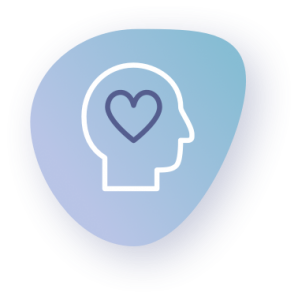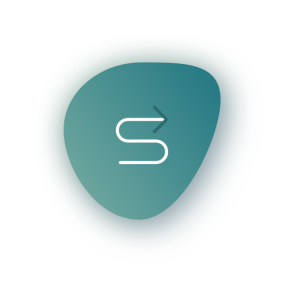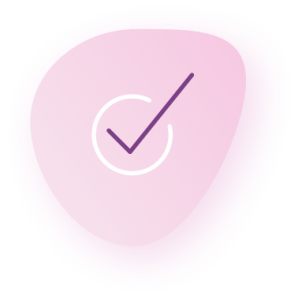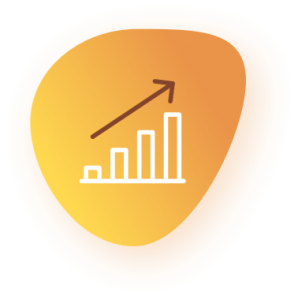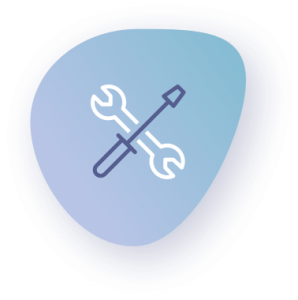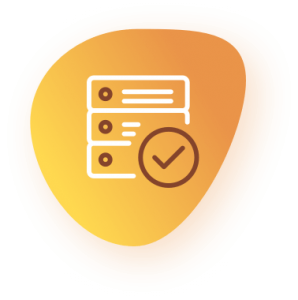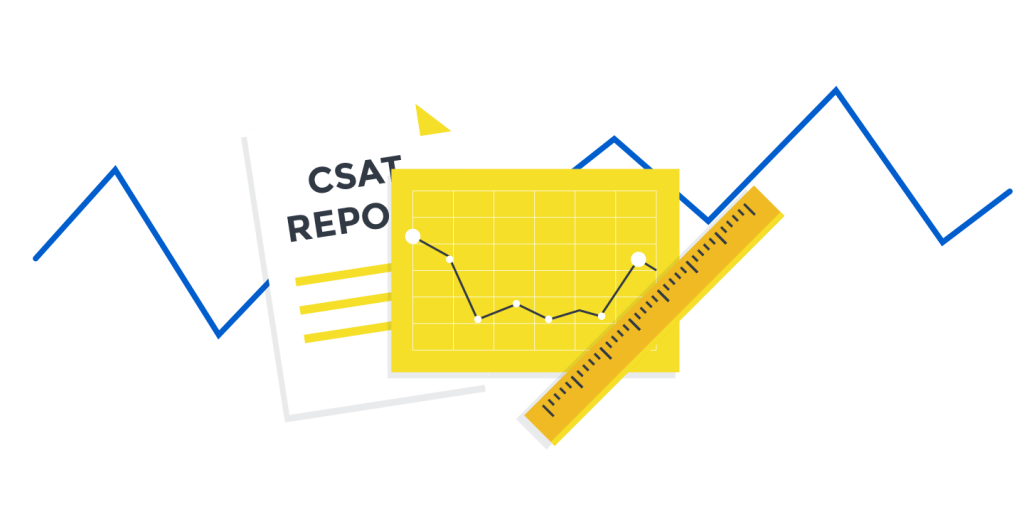Customer satisfaction metrics are crucial for improving the user experience.
Lower metric scores show a business isn’t doing well in certain areas. Fixing low scores can save a business and make it more profitable than ever.
But many companies don’t use customer satisfaction metrics at all, so they’re unaware of major issues. Companies not using metrics often have bad customer support, repelling 90% of consumers.
This article explains the value of satisfaction metrics and lists the best ones for boosting your service.
What Is Customer Satisfaction Measurement?
Customer satisfaction measurement involves gathering data on customer interactions and rating how well you meet expectations. Customer satisfaction is a key performance indicator (KPI) for quality and service.
8 Key Customer Satisfaction Measures
Here are seven key customer satisfaction measures crucial to your company’s support strategy. These metrics cover every angle of customer experience for a holistic approach to customer service.
1. Customer Satisfaction Score (CSAT)
CSAT measures customer satisfaction with a service, product, or experience.
CSAT scores help brands determine a customer’s satisfaction during a certain encounter. These encounters include customer support calls, purchases, emails, onboarding, and more.
How to Calculate CSAT
To calculate your CSAT score, count the number of satisfied customers in a survey and divide by the number of responses. Then, multiply your last result by 100 to make it a percentage.
For instance, if 700 responses out of 1000 are happy, your CSAT would be 70.
- Pros: Easy to calculate with a high response rate thanks to simple questions.
- Cons: Sampling bias based on location and appearance; reflects short-term mood only.
2. Customer Service Satisfaction (CSS)
CSS measures how happy your customers are with your customer service. You can get CCS data from a customer feedback survey or an automated message sent after a ticket’s closed.
How to Calculate CSS
Calculate CSS by dividing the number of satisfied customers by the total response count. For instance, if 54/100 responses rate “agree” and above, your score is 54.
- Pros: Easy to add to any medium (emails, phone calls, etc.) and can be as specific as you want.
- Cons: Low info input, so you don’t get the answer’s full context.
3. Customer Churn Rate (CCR)
CCR measures how many customers leave your brand over time. Brands with high CCRs lose repeat customers worth 10x their first purchase.
How to Calculate CCR
To measure CCR, first count the number of customers at the beginning of a period. Then, subtract the number of customers at the end of the period and divide it by the number of customers at the beginning.
- Pros: CCR is an effective metric of how well you keep long-term customers.
- Cons: CCR doesn’t teach you what’s causing your churn rate, only what it is.
4. Customer Health Score (CHS)
CHS measures how likely a customer is to churn, strictly speaking. But it varies from CCR since it’s a more holistic view of a client’s standing with a company.
How to Calculate CHS
CHS has no set definition; it’s based on whatever tests a company uses. A company’s CHS could be:
A red, yellow, or green color profile.
Extremely unhappy to extremely happy.
How likely to recommend it on a 1-10 scale?
…or any similar metric.
- Pros: CHS gives you an idea of the customer’s mindset based on the question asked.
- Cons: CHS is only as insightful as the question asked. You’ll need to research and determine the best test since there’s no set metric.
5. Net Promoter Score (NPS)
NPS measures customer satisfaction by asking customers how likely they are to suggest your company to others. Measuring customer loyalty is NPS’ main goal.
How to Calculate NPS
You measure NPS on scale from -100 to 100, with 100 being the highest score. NPS data comes from surveys asking,
“How likely is it that you would recommend [BRAND] to a friend or colleague?”
Most surveys ask from 1-10, which 10 being “extremely likely.”
- Pros: Valuable metric for measuring customer loyalty. Low NPS means there are serious problems a company needs to fix
- Cons: NPS lacks context for understanding customer mindsets
6. Customer Effort Score (CES)
CES measures how much effort customers put into using your product or service. Only 4% of people repurchase high-effort products, making CES a crucial metric for success.
How to Calculate CES
Companies measure customer effort score through feedback surveys. CES asks questions like,
“How easy was it to purchase [product]?” or ” [COMPANY] made it easy for me to handle my issue.”
…to gather data. Once you have your data, divide the “easy” answers by the number of responses to get your CES.
- Pros: CES predicts customers’ behavior and loyalty.
- Cons: It’s good to combine CES with other metrics to gain more insights.
7. Customer Acquisition Cost (CAC)
CAC measures how much your company spends on average to get a new customer. CAC is known as a sales metric but provides valuable insight into customer satisfaction.
How to Calculate CAC
Calculate CAC by dividing a timeframe’s marketing expenses by the number of customers gained.
For example, imagine a website who spent $500 on ads earned five customers over a week. That company’s CAC would be $100 for the week.
- Pros: CAC helps you understand how easily your company picks up new customers. CAC is affected directly by your customer support experience.
- Cons: A huge number of issues affect CAC. Customer satisfaction is directly related to CAC, but there are lots of factors involved.
8. Customer Lifetime Value (CLV)
Customer lifetime value is a business’ revenue from a customer over their lifetime. Because CLV is a longer-term metric, it correlates directly with customer satisfaction.
How to Calculate CLV
To calculate CLV, first find your customer’s average lifespan. You can do this by averaging together the days between the first and last sale of all your customers.
Then, find your company’s average purchase value. After that, multiply that number by your average number of purchases—multply this number with average lifespan to get your CLV.
- Pros: CLV is a great metric for measuring customer loyalty, which relates to customer experience.
- Cons: A huge number of factors affect CLV, meaning you need to assess it in context.
Get Data for Customer Satisfaction Metrics
Customer satisfaction metrics play a crucial role in your business’ success. Certain scores falling too low means your business is in serious trouble. Acting to fix low scores can be the difference between success and failure.
But customer satisfaction scores are worthless without data. Each metric relies on real customer data gathered from a wide range of channels. Sign up for a free 14-day trial and see how we can boost your customer experience.



